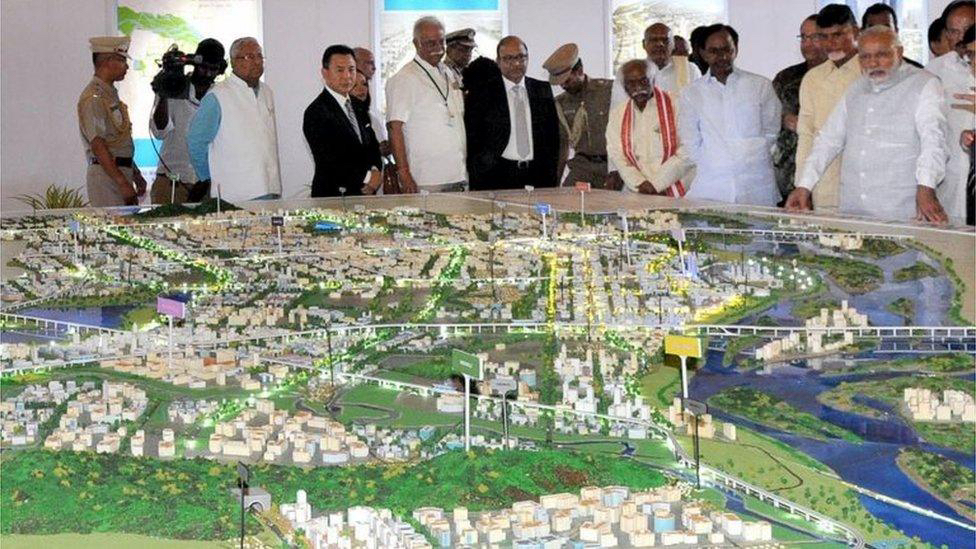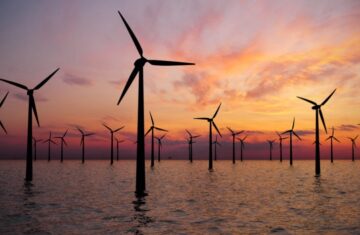Amaravati, India — Amaravati is set to make history by becoming the world’s first city powered entirely by renewable energy. This ambitious greenfield project aims to generate 2,700 megawatts (MW) of clean energy from solar, wind, and hydropower sources, aligning with India’s broader commitment to clean energy and climate responsibility.
Chief Minister N Chandrababu Naidu’s vision for Amaravati includes a sustainable ‘people’s capital’ that will span 217 square kilometers along the banks of the Krishna River. The total cost of the project is estimated at Rs 65,000 crore. Prime Minister Narendra Modi is expected to lay the foundation stone for this groundbreaking initiative this month.
Located between Vijayawada and Guntur, Amaravati aims to set a global benchmark for eco-friendly urban planning. The target of 2,700 MW will eliminate reliance on fossil fuels, placing Amaravati at the forefront of sustainable city development. By 2050, the city is projected to need 2.7 gigawatts of electricity, with at least 30% sourced from renewable energy.
Solar energy will be a focal point, with mandatory rooftop solar systems required on at least one-third of all roofs in government housing projects. “All major building projects will adhere to green building standards, ensuring energy efficiency and reduced carbon footprint,” officials stated.

Amaravati’s public transport system, including the Amaravati Metro and electric buses, will operate on renewable energy, supported by extensive infrastructure for electric vehicle charging. Solar panels are also planned for installation in public spaces such as parks and bus stops.
Town planners have already set up 415 kW of rooftop solar systems in various community facilities, including 16 Anganwadis and 14 e-health centers. “All government and commercial buildings will be mandated to install solar panels and adopt net metering,” an official emphasized.
With Andhra Pradesh experiencing extreme heat, with temperatures reaching up to 47.7 degrees Celsius in 2024, efficient cooling systems are crucial. The state expects a 57% increase in peak power demand by 2029, reaching 19.9 GW. To tackle this sustainably, the Andhra Pradesh Capital Region Development Authority (APCRDA) signed a public-private partnership with Tabreed in 2019 to establish a 20,000 refrigeration tonnes (RT) District Cooling System for government complexes.
This innovative cooling technology will reduce electricity demand for cooling key buildings by 50%, helping to lower overall power consumption and carbon emissions.
Amaravati is being developed as a sustainable, future-ready capital city with a strong emphasis on renewable energy and energy-efficient infrastructure. By pioneering such initiatives, Amaravati not only aims to meet its energy demands but also sets a precedent for sustainable urban development worldwide.



